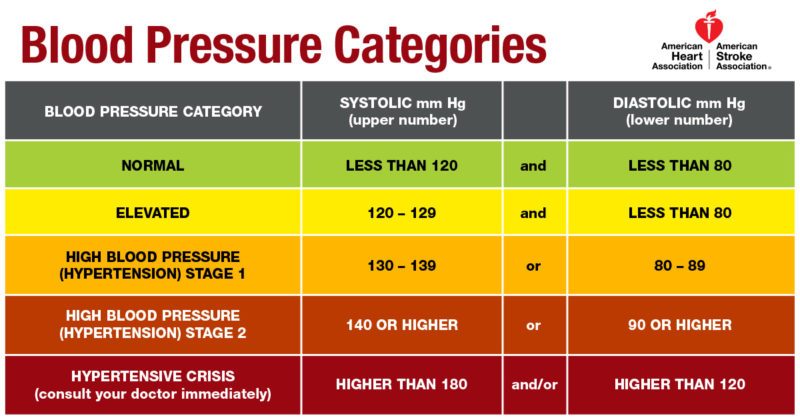I was recently questioning a patient about not getting her results of the low back x-rays I’d ordered. Her reply, “I’d like to get it done, but I’m still dealing with my insurance company to ensure all the right codes were used, the imaging is covered, and to find out what my out-of-pocket costs will be.”
How can I argue with a patient that is advocating for herself? I can’t and won’t – she’s doing as I’ve always encouraged my patients to do… be her own advocate. This is the concept that simply states, “any activity which ultimately benefits a patient” (Torrey, 2017).
During nursing school, we were encouraged to be the patient’s advocate. In nurse practitioner school, patient advocacy was definitely a topic. And as a medical provider, I often hear statements about how the physician/provider “should be the one” to advocate for the patient. The reality is patient advocates can be composed of caregivers and family/friends. There are groups of patient advocacy that include specialists in the community or in-hospital specialists (ombudsman), groups (for and not-for-profit) that develop policies for patients, and government groups that develop legislation to improve systems or processes for patients (Torrey, 2017).
In fact, there is a whole generation of people whom grew up following all the doctor’s orders without question as “the doctor knows best.” There is definitely some truth to these ideas of provider-patient advocacy (depending upon the situation), but it is definitely not the end-all of patient advocacy.
The biggest and first aspect of patient advocacy is the PATIENT. Yes, you, the patient! So what is all this self-advocacy, you may be asking?
The Self Advocate.Net states, “Self-advocacy is the ability to speak-up for yourself and the things that are important to you. Self-advocacy means you are able to ask for what you need and want, and tell people about your thoughts and feelings. Self-advocacy means you know your rights and responsibilities, you speak-up for your rights, and you are able to make choices and decisions that affect your life. The goal of self-advocacy is for YOU to decide what you want then develop and carry out a plan to help you get it. It does not mean you can’t get help if you need or want it, it just means that you are making the choices and you have to be responsible for the choices you make.” (https://selfadvocatenet.com/what-is-self-advocacy/)
While some may argue with the idea that the patient is their own best advocate. To a provider, having patients that are their own advocates actually help us to help them. For instance, when a patient has done some research regarding a medication, or spoken to their insurance company regarding various treatments, or brings in a copy of all old labs or imaging – this helps me and the patient in many ways; such as needing to rethink my decision of what I’ve ordered and the treatment plan direction.
Ultimately, being your own advocate means being informed about your care and treatment plan, having open 2-way communication with all your providers, and encouraging them to communicate with each other. And, finally, being able to assert your needs and concerns to all people involved in your care.
Basically, if you don’t ask or don’t understand and approve the treatment plan, then you are missing out on actively participating in your own care. You allow healthcare to happen to you instead of working with you… for you!
In an article written by the Asperger’s Experts (n.d.), the author(s) laid out 6 steps to advocating for yourself.
- Start by brainstorming on a piece of paper all the questions and concerns you have about your back and pain issues. If you are unsure of what your questions are, then being making a list of symptoms or concerns. Often symptoms that may seem unrelated may actually be a small part of a bigger picture.
- Organize your thoughts and questions to help to articulate what is most important to you.
- Sometimes it can be difficult to be heard. For example, you may have concerns about a rare (possible) side effect of a medication, but the provider is not addressing your concerns. Your questions and understanding about your treatment plan and it’s effects in your life are important. Don’t be afraid to ask and ask again, if need be.
- As providers we are taught to focus on more life-threatening concerns, like preventing a heart attack or stroke. But if the medication prescribed is causing problems in your life, then your primary concern needs to be heard. Ultimately, getting you onboard with your treatment plan requires you understand and agree with the it.
- Take notes in your medical appointments so that you can review and/or research things that were discussed. Sometimes these notes may be helpful for your other providers.
- Find a resource or support person that you trust and ask for help. Usually it’s best to pick someone who is a cheerleader in life for you and someone who knows you very well and accepts you for who you are.
- It is always ok to get a second opinion about your treatment plan and care. If you are not comfortable with how your care is being handled, then ask your provider or get another opinion. Health care decisions need to be very individualized, consciously made and are not a one-sized fits all type of approach.
Clearly ask for what you need:
- If you don’t know what you need go back to step 1 and clarify a little more. Ask questions, or if you need space to process the visit, then having a second pair of ears in the visit may be helpful.
- This may require that you schedule an extended visit with your provider(s) to have a conversation that is less rushed. Don’t be afraid to ask for an extended appointment if you need time.
Put a game plan in place:
- Organize your thoughts and questions prior to the visit. List them out, group them, whatever seems appropriate. Organization can often make the solution clearer. Doing this with the person that you have identified as an support gives you insight into what options may be best for you.
- Generate steps to tackle the problem, from the first action to resolution.
- Make the steps clear, single action steps that build on each other. Think through each action. The steps should be clear, measurable and manageable.
- I often tell patients to help me help them. What I am really saying is… be active in your care, do your homework, and make good choices about lifestyle aspects that effect your health.
Hold yourself accountable:
- Make sure to give yourself timelines and hold yourself accountable for these action items as you do them.
- If a step is complicated or takes too long, break it into smaller steps. Everything happens one action at a time. Often we get blocked by obstacles that are too big, and need to be broken into simpler action steps.
- Don’t blindly accept the treatment plan and let it happen to you. Instead, take control as head of the treatment team to help yourself.
Just as we are our own worst critics, we are also our own best advocates! The truth for each and every one of us is, you are the only person who is 100% vested in your health and it’s outcomes. If you don’t take the time to advocate for yourself, no one is going to just step up and do this for you!
References:
Asperger Experts. (n.d.). Being a Self Advocate. 6 Steps to Advocating for Yourself. https://www.aspergerexperts.com/basics/advocating-for-yourself/
Patient Advocate Foundation. (n.d.). Common Roadblocks to Care. Advice to Prevent and Deal with the Most Common Insurance-related Hurdles. https://www.patientadvocate.org/wp-content/uploads/sites/8/CAG-Common-Roadblocks-to-Care.pdf
Torrey, T. (2017, Mar. 24). Patient Advocacy from Top to Bottom – Organizations to Individual Advocates. Who Provides Patient and Health Advocacy? https://www.verywellhealth.com/who-provides-patient-and-health-advocacy-2614914






